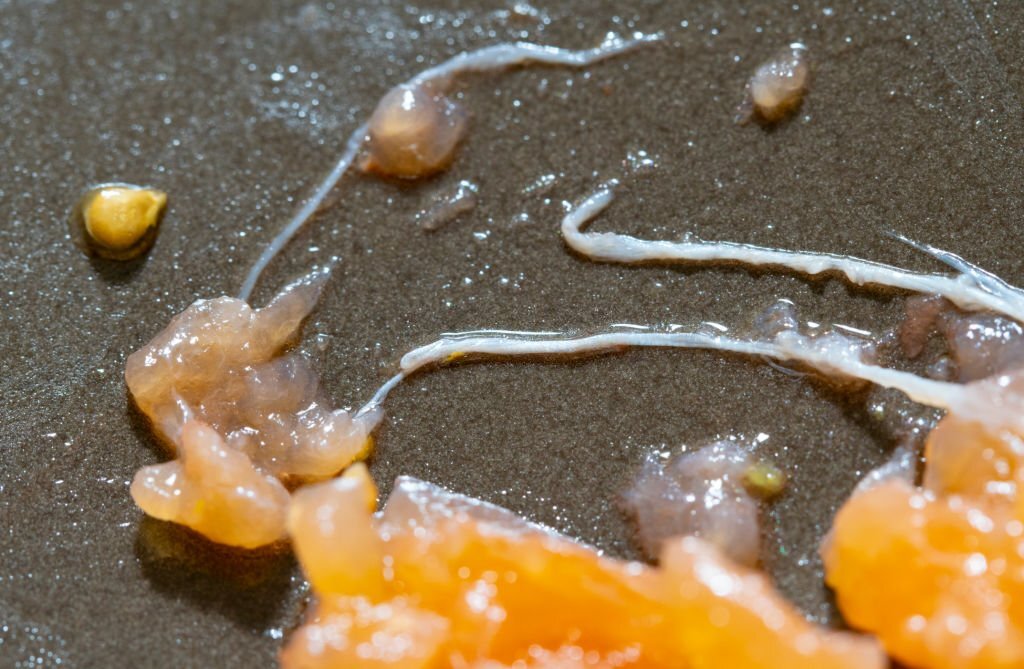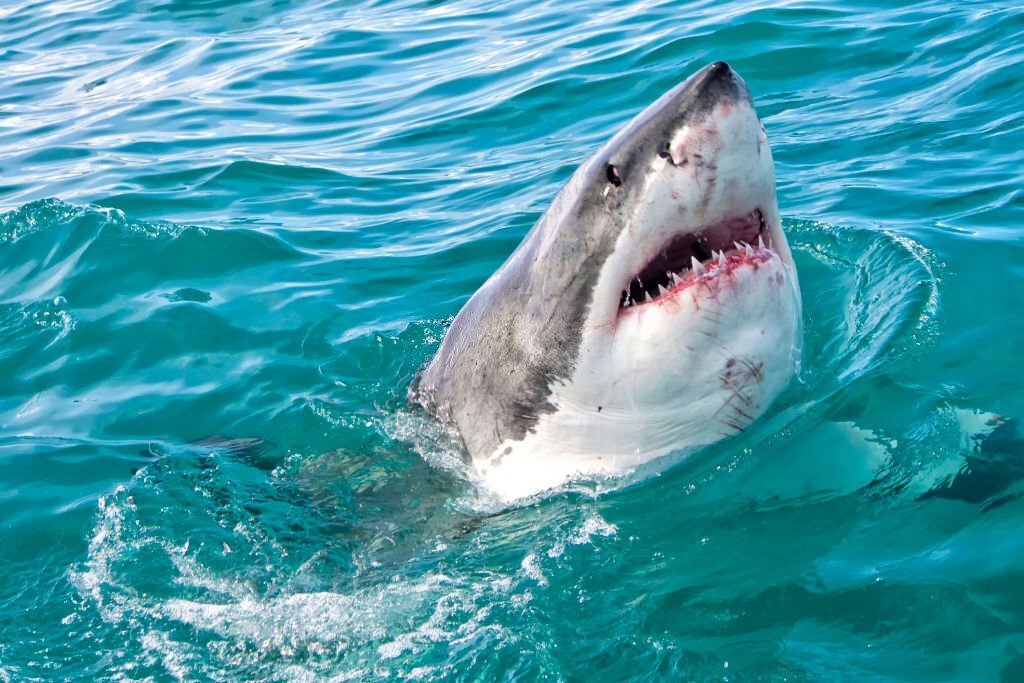You’ve heard the story about the Blue Whale Bitten in half, which was found off South Africa’s Coast in Half 2021. It is the largest marine animal on the planet and an unusual sighting made international news. This article will cover some details about the bizarre incident. Blue whales have minimal parasites and pathogens.
Megalodon may be the only animal that is capable of biting a blue whale in its entirety.
The recent incident involving a blue whale was the talk of the ocean. South Africa’s white shark bit the tail of a blue-colored whale and then dragged it underwater until it was drowned. A blue whale, despite being the smallest whale in size, is one of the most massive animals in the world with a mass of 190 tons.
The Megalodon was an apex predator, with large pectoral fins and a massive tail. This creature was believed to have been the first to bite and eat a whole blue whale. It could also eat a whale as long as 25 feet. In addition to blue whales, Megalodon could eat a variety of other species, including bowhead whales and sei whales.
Blue whales are generally clean creatures with minimal parasites or pathogens

They produce deep and resonant vocalizations that can be heard over 1,000 miles. They are believed to use these sounds for communication and sonar navigation. Blue whales, being highly-specialized animals with sophisticated breathing systems, are generally clean and free of pathogens.
These animals are not commonly preyed upon. Whalers may have killed some of these animals in the 19th century and early 20th centuries. Climate change and habitat destruction are other threats to blue whales. While blue whales have a very low parasite or pathogen levels, they do suffer from some disease-causing agents. Because they rely on the oceans for their food, they might not survive without it.
Blue whales get stranded
The blue whale bitten in half is the world’s largest mammal. Their enormous size means that they are as heavy as an elephant herd. Their bodies and toxins are carried into the sea by the water when they drown. It is difficult for blue whales to be rescued due to this coma. The risk of drowning is also present if they let water into their vents. This can be especially hazardous during high tide.
Although whales can only live on the water surfaces, their presence is crucial for the health of all ecosystems below. They rely on diverse bacteria to provide food. They also offer shelter for larger animals that eat them. These bacteria die and their carbon stores are recirculated. Some carbon from these creatures may end up on the water surface and could be reused once again.
Blue whales being bitten by South African sharks off South Africa’s coast:

A massive oceanic animal, and the largest vertebrate, was cut in half by the South African coastline. Although it is unlikely this was the first time a blue whale has been bitten in half (although the 2021 sightings were the first). Blue whales are large, but they can be hidden from sight. Its speed and stealth make it an ideal prey for sharks.
The injuries of the injured animal were reportedly caused by a collision between a ship and a boat. Scientists concluded this after examining the evidence. The whale’s injuries were also confirmed by signs of attack on the kayak. Scientists were able to analyze one half of the wheel that washed up onshore.
This is a new identification of the half-nibbled blue whale
A 25-foot blue whale was recently found in the Atlantic with a few indentations. The animal’s indentations left many people baffled. However, a new identity by the Atlantic White Shark Conservancy has revealed the culprit. Minke is a blue whale species that measures 14 feet.
Although they sometimes swim in small groups, blue whales are generally found alone or in pairs. While spending the summer swimming in cold waters, their winter migrations are long and to the east. With a few minor indentations, a new identification has been made of the half-nibbled Blue Whale.
This is a new identification Blue whale
Many people are shocked at the discovery of a 25-foot blue whale bitten in half in the Atlantic Ocean that has holes in its body. This beautiful creature, part of the ocean’s ecosystem has been attacked and killed. Scientists have now begun to look into the possible causes. A white shark has a sleek tail and is able to reach speeds of 60 km/h in the water. This shark is found in the coastal regions and can cause serious injury to humans.
Conclusion
While it’s not known if the bite was from a shark or other animal, hundreds of thousands have shared the video with their emotions. A worldwide discussion began about the impacts of social media upon wildlife after the footage was released. In response to the video, scientists and conservationists have been investigating the possibility of a shark being responsible for the attack. According to the first published report in the Journal of Marine Science, the shark bit the victim in its half.
Don’t Miss: How To Explore The 25th Island of Greece


































